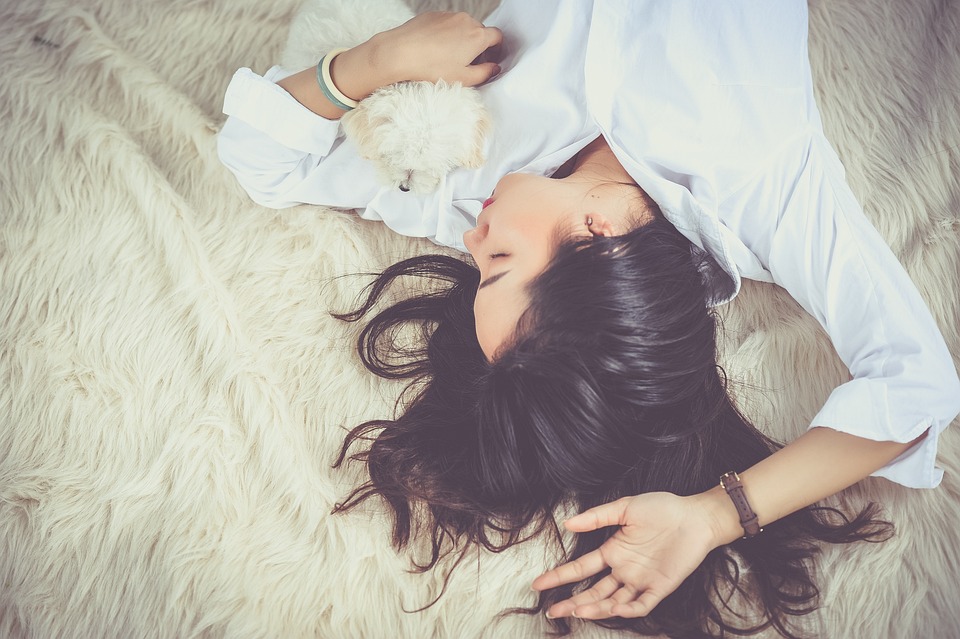Master the Art of Dog Grooming: Expert Tips and Techniques
Grooming your dog is not only essential for their overall health and hygiene, but it can also be a bonding experience between you and your furry friend. While many dog owners prefer to take their pets to professional groomers, mastering the art of dog grooming can save you time and money in the long run. In this article, we will provide you with expert tips and techniques to ensure that every grooming session is a success.
1. Brushing is key:
Regular brushing is vital for every dog, regardless of their breed or coat type. It not only removes loose hair and prevents matting but also stimulates the skin and distributes natural oils, keeping the coat healthy and shiny. Use a brush or comb suitable for your dog’s coat, and make sure to be gentle and patient during the process. Long-haired dog breeds may require more frequent brushing, while shorter-haired dogs can benefit from a weekly brushing session.
2. Bathing your dog:
Bathing your dog is an essential part of grooming and helps keep their skin clean and free from parasites. Choose a dog-specific shampoo and ensure that the water temperature is lukewarm. Before bathing, brush your dog’s coat thoroughly to remove any knots or tangles. Be cautious while bathing the facial area and use a washcloth to clean it instead. Once you finish bathing, thoroughly rinse off all the soap to avoid any skin irritations.
3. Nail trimming:
Keeping your dog’s nails trimmed is an essential part of grooming. Overgrown nails can cause discomfort and even lead to injuries. Invest in a pair of high-quality dog nail clippers and remember to be cautious. Only trim the tip of the nail to avoid cutting into the quick, which can be painful for your furry friend. Regular nail trims will keep your dog’s paws in good health and prevent any potential issues.
4. Ear cleaning:
Regular ear cleaning is crucial to maintain your dog’s overall ear health. Use a dog-specific ear cleaner and a cotton ball or pad to gently clean the outer part of the ear. Avoid inserting anything into the ear canal, as it can cause damage. If you notice any signs of infection or unusual discharge, consult your veterinarian.
5. Teeth cleaning:
Oral hygiene is often overlooked in dog grooming routines, but it is equally important. Dental problems can lead to various health issues in dogs as they age. Invest in a dog-specific toothbrush and toothpaste and start by gradually introducing it to your dog. Brushing your dog’s teeth a few times a week will help prevent plaque buildup and maintain fresh breath.
6. Professional grooming tools:
Investing in high-quality grooming tools will make your grooming sessions easier and more effective. From clippers and scissors to grooming tables and dryers, there are various tools available to suit your specific needs. Do some research and choose tools that are suitable for your dog’s breed and coat type.
7. Positive reinforcement:
Grooming sessions should be a positive experience for both you and your dog. Use treats, praise, and plenty of patience to reward your dog during grooming. Start slowly and gradually increase the time and frequency of grooming sessions. This will create a positive association with grooming and make the process more enjoyable for your furry friend.
In conclusion, mastering the art of dog grooming requires patience, practice, and the right techniques. Regular brushing, bathing, nail trimming, ear cleaning, and teeth brushing are all crucial elements of a comprehensive grooming routine. By following these expert tips and techniques, you’ll be able to keep your dog healthy, happy, and looking their best.

Leave a Reply